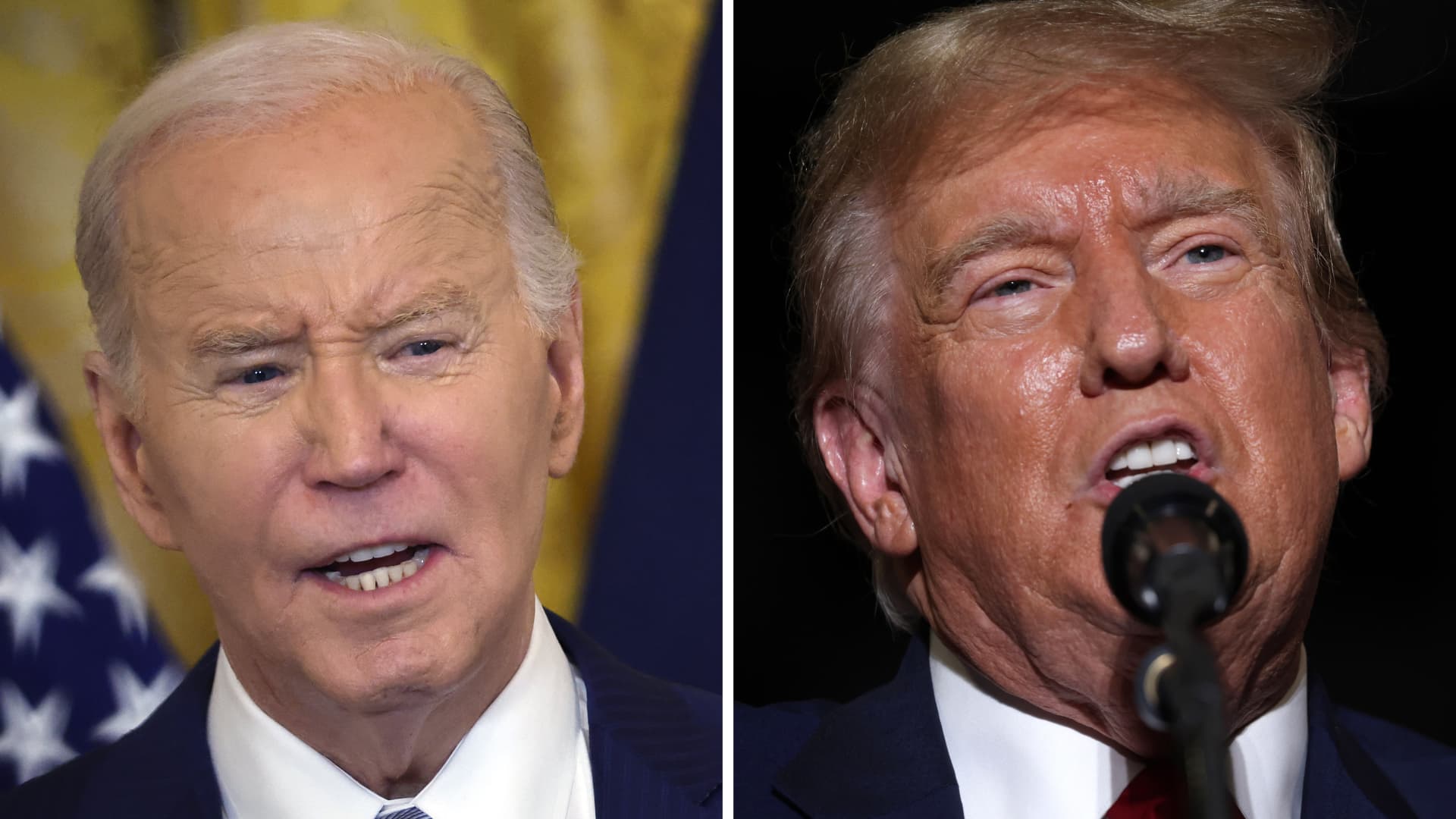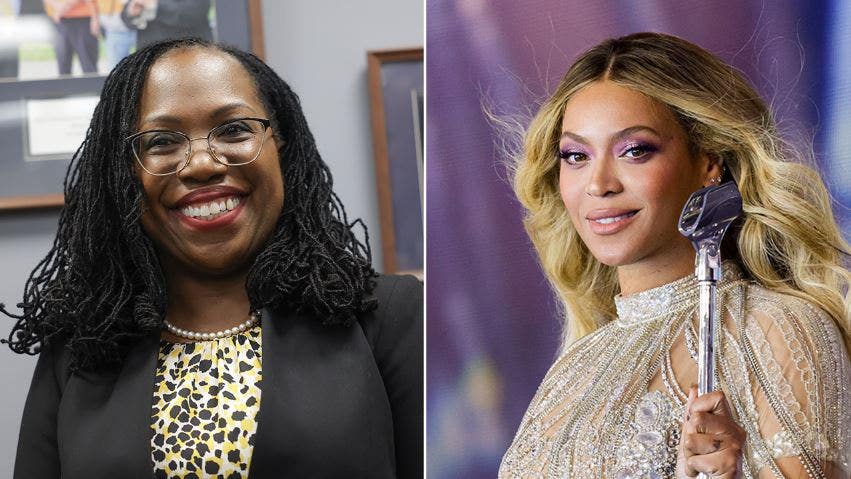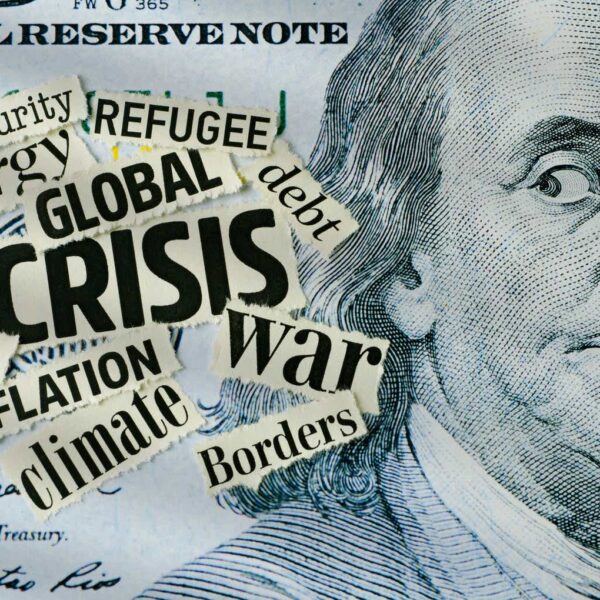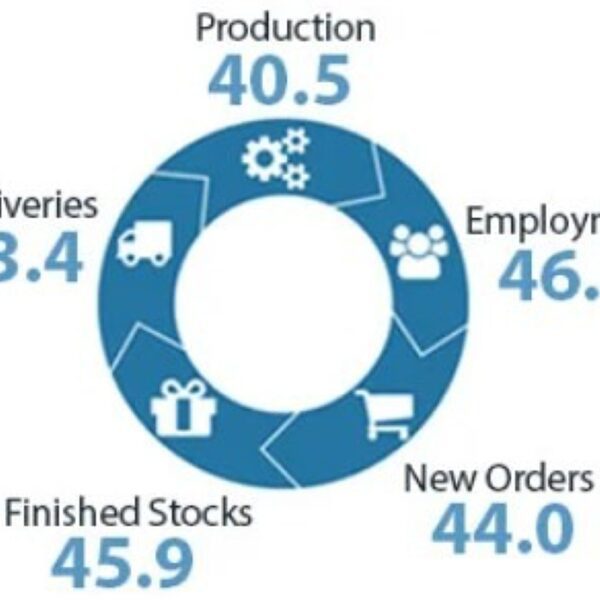Joe Biden and Donald Trump 2024.
Chip Somodevilla | Alex Wong | Getty Images
Trillions in expiring tax breaks are at stake this election season — and those sunsets could raise taxes for most Americans after 2025 without extensions from Congress.
The Tax Cuts and Jobs Act of 2017, or TCJA, temporarily reduced taxes for most Americans with lower federal income brackets, a higher standard deduction and a more generous child tax credit, among other provisions.
It’s a key issue for presumptive nominees President Joe Biden and former President Donald Trump, who have both addressed the 2025 tax cliff.
More from Personal Finance:
Trump-era tax cuts set to expire after 2025 — here’s what you need to know
Biden, Trump face ‘massive tax cliff’ amid budget deficit, experts say
Biden plans higher taxes on the wealthy, corporations to extend middle-class tax breaks
Trump wants to extend all TCJA provisions, and Biden aims to extend tax breaks for taxpayers whose income is under the $400,000 threshold, which is most Americans.
“For 95% of taxpayers, they both want to do the same thing,” said Howard Gleckman, senior fellow at the Urban-Brookings Tax Policy Center.
For 95% of taxpayers, they both want to do the same thing.
Howard Gleckman
Senior fellow at the Urban-Brookings Tax Policy Center
Of course, future legislative updates, if any, will depend on which party controls Congress.
Lower federal income tax brackets
One expiring TCJA provision is lower federal income tax brackets, which “reduced rates across the board,” said Garrett Watson, senior policy analyst and modeling manager at the Tax Foundation.
Without an extension, the individual rates will increase after 2025, returning to 10%, 15%, 25%, 28%, 33%, 35% and 39.6%.
Biden’s fiscal year 2025 budget called for the 39.6% rate to apply to single filers making more than $400,000 and married couples earning above $450,000 per year.
A related expiration is the higher standard deduction, which sharply reduced the percentage of filers who itemized.
The percentage of filers claiming the standard deduction jumped to 90% in 2020 from 70% in 2017 before the TCJA, according to the Tax Policy Center.
If the standard deduction reverted to pre-TCJA levels, more filers could claim itemized tax breaks for charitable gifts, medical expenses, state and local taxes and more.
More generous child tax credit
Another expiring TCJA provision is the bigger child tax credit, which some lawmakers have fought to expand in 2024. The TCJA doubled the maximum child tax credit to $2,000, boosted the refundable portion to $1,400 and expanded eligibility.
Biden has called for an expansion, but there have been debates in Congress over the child tax credit design, including the amount, eligibility and refundability, said Gleckman.
Consumers pay for higher tariffs
One of the few tax policy details released by the Trump campaign has been proposed tariffs, or taxes levied on imported goods from other countries, some of which Biden has also supported.
“Directionally, they’re the same on tariffs on China,” Gleckman said, noting that Biden maintained some of Trump’s tariffs and unveiled new ones in May.
Trump wants a 10% universal baseline tariff on all U.S. imports and a levy of 60% or higher on Chinese goods. By comparison, Biden aims for more targeted tariffs.
However, “all evidence points to consumers paying the additional price” for tariffs, Watson said.
Funding extensions amid the budget deficit
As 2025 approaches, there are lingering questions about how to pay for TCJA extensions, particularly amid the federal budget deficit.
Fully extending the TCJA tax breaks could add an estimated $4.6 trillion to the deficit over the next decade, according to the Congressional Budget Office.
Biden’s top economic advisor, Lael Brainard, has called for higher taxes on the ultra-wealthy and corporations to help fund the extensions for middle-class Americans.


“Achieving a fairer tax system also means we can’t extend expiring Trump tax cuts for those with incomes above $400,000,” she said during a speech to The Hamilton Project at the Brookings Institution in May.
While Trump has proposed tariffs, the campaign hasn’t specifically addressed plans to fund TCJA extensions.















